Bespoken Word – all about that base
Guy Kesteven reckons that when it comes to clothing it's what's underneath that matters most
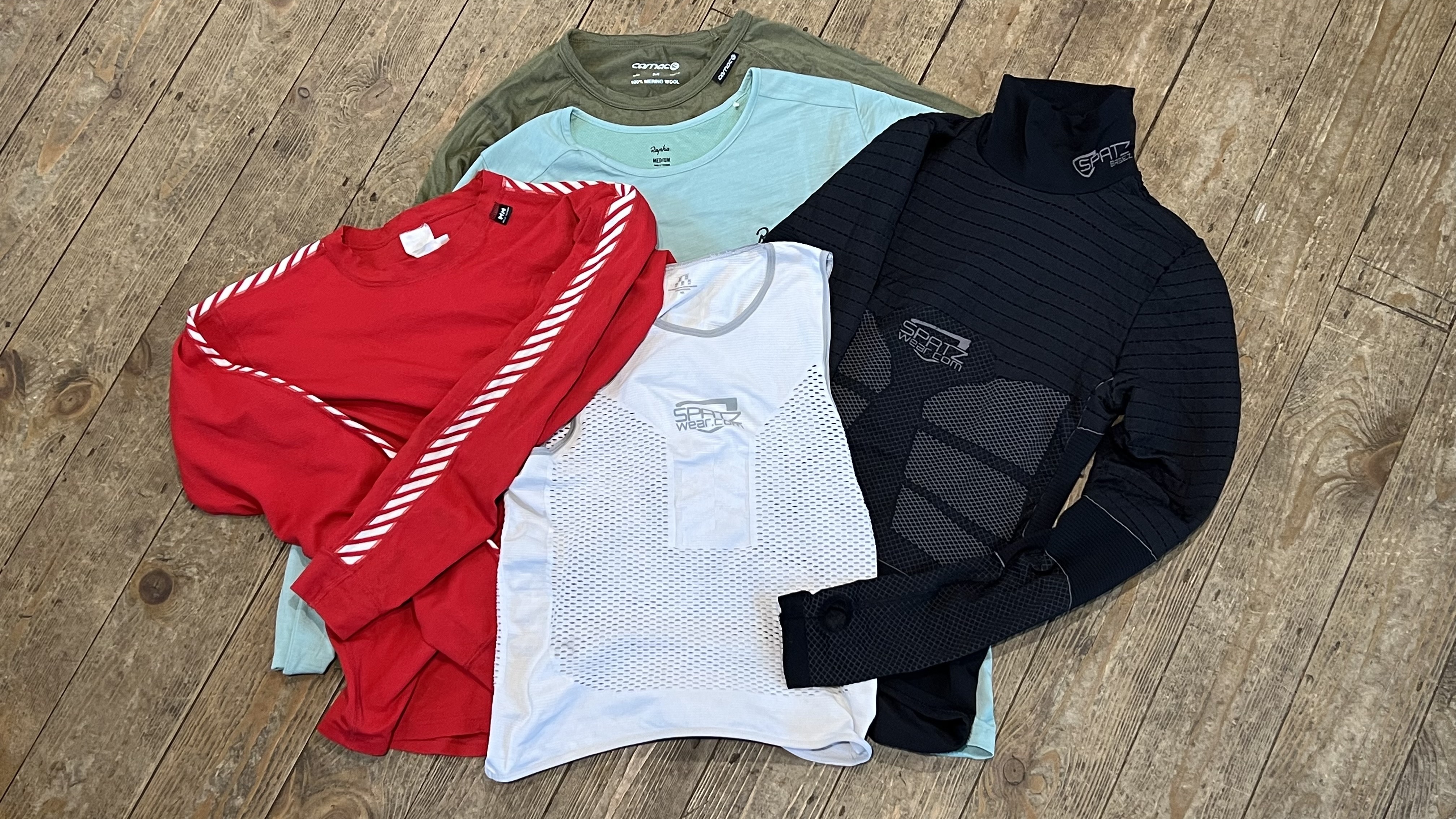
You may not remember Megan Trainor’s 'All About That Bass' smash hit from 2014, but I reckon her advice on performance clothing priorities was spot on. I also realised that my eulogy about super fleeces last week was pretty hollow if you don’t match them with the right base layer. So listen up and learn something really important about creating a properly comfortable clothing ‘system’.
Vest is best
If you only ride in good weather and don’t mind being sweaty I suppose you could be forgiven for thinking that base layers are boring and not worth thinking about. After all they don’t have fancy designs or flashy logos on them to signal your tribe allegiances because they’re rarely visible.
Even if you ride in less lovely conditions like we’ve got here in the UK at the moment you still might not have realized why base layers are THE most important piece of upper body clothing you can buy. After all, there aren’t any internationally recognized performance stats like waterproofing and breathability ratings to work out what’s good and what’s not. They don’t have pockets, hoods, fancy fasteners or clever little cord locks to fiddle with and fill review copy. The don’t have names like Infinium, Neoshell, eVent, Polartec Powergrid or Alpha to make them sound exciting either.
However, without the right base layer underneath all these fancy fabrics and features are massively compromised and the money you’ve spent wasted. So what do you need to know about the latest base layers and which type is the best for you?
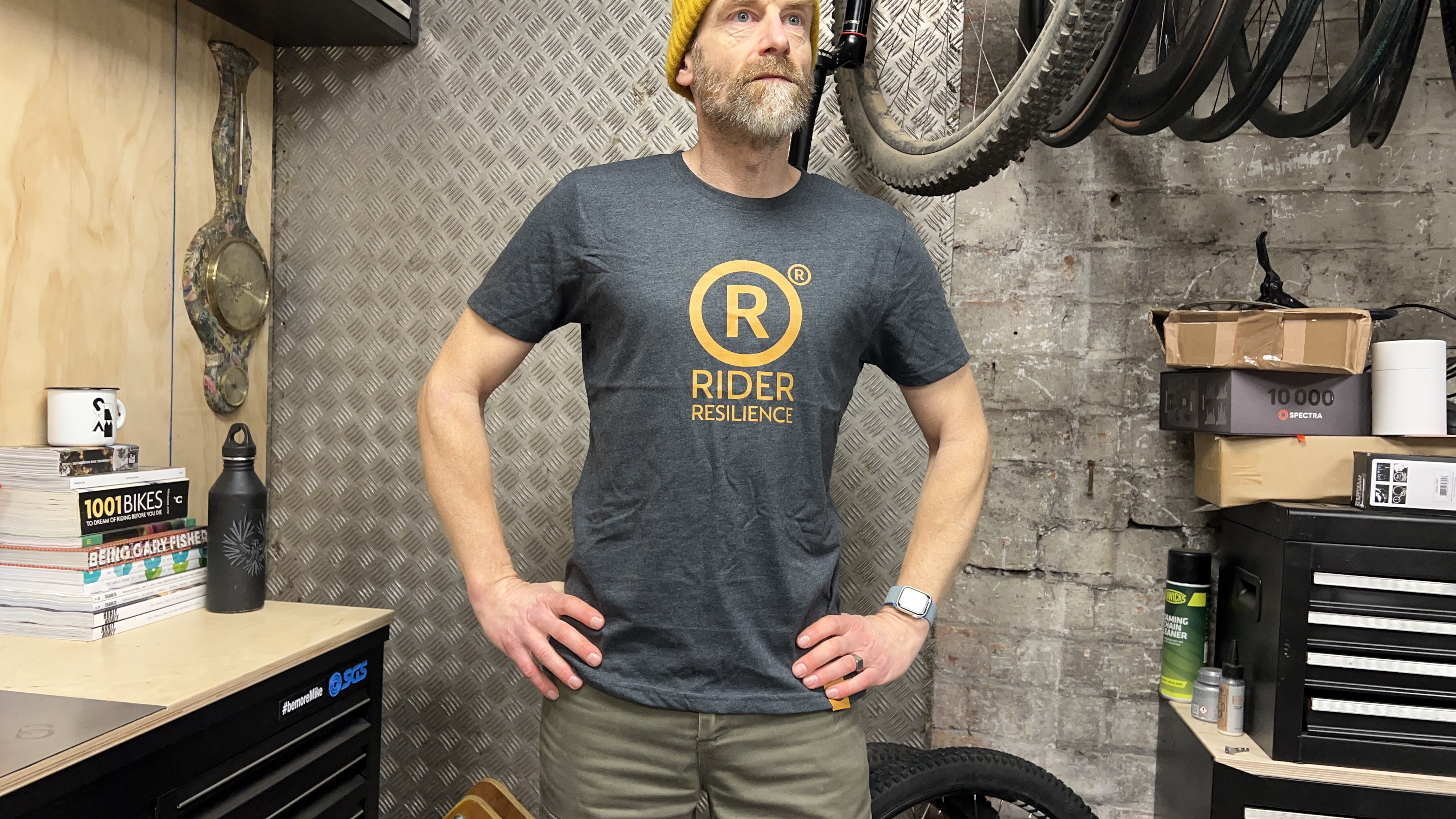
Why your shirt is sh*t
I just re-read that last bit and realized it was sounding like yet another slightly limp, ‘paint-by-numbers’ buyers guide so let’s stop for a minute. Stop so I can explain how angry I can get about dumb schmucks complaining how their fancy coat/fleece is crap without realizing that's because of what they’re wearing under it. Perhaps not as angry as Three Peaks Cyclo Cross, Karrimor glory days legend John North used to get on the subject, but I like to think I carry some of that flame for him. And as he would vent, if you’re wearing a cotton T-shirt or even a standard synthetic jersey, you’re undermining the performance of whatever is over the top by creating a sweat/moisture hoarding layer. This’ll suck heat out of your body and feel cold and clammy which is bad enough. But if you crash, get lost, head deep into the hills or end up in a proper survival situation some other way that wet, cold layer of cloth will fast forward you into hypothermia, exposure and potentially death. And trust me, Mountain Rescue won’t be impressed with whatever finishers T-shirt, or steezy logo you’re wearing when they drag you off the hill.
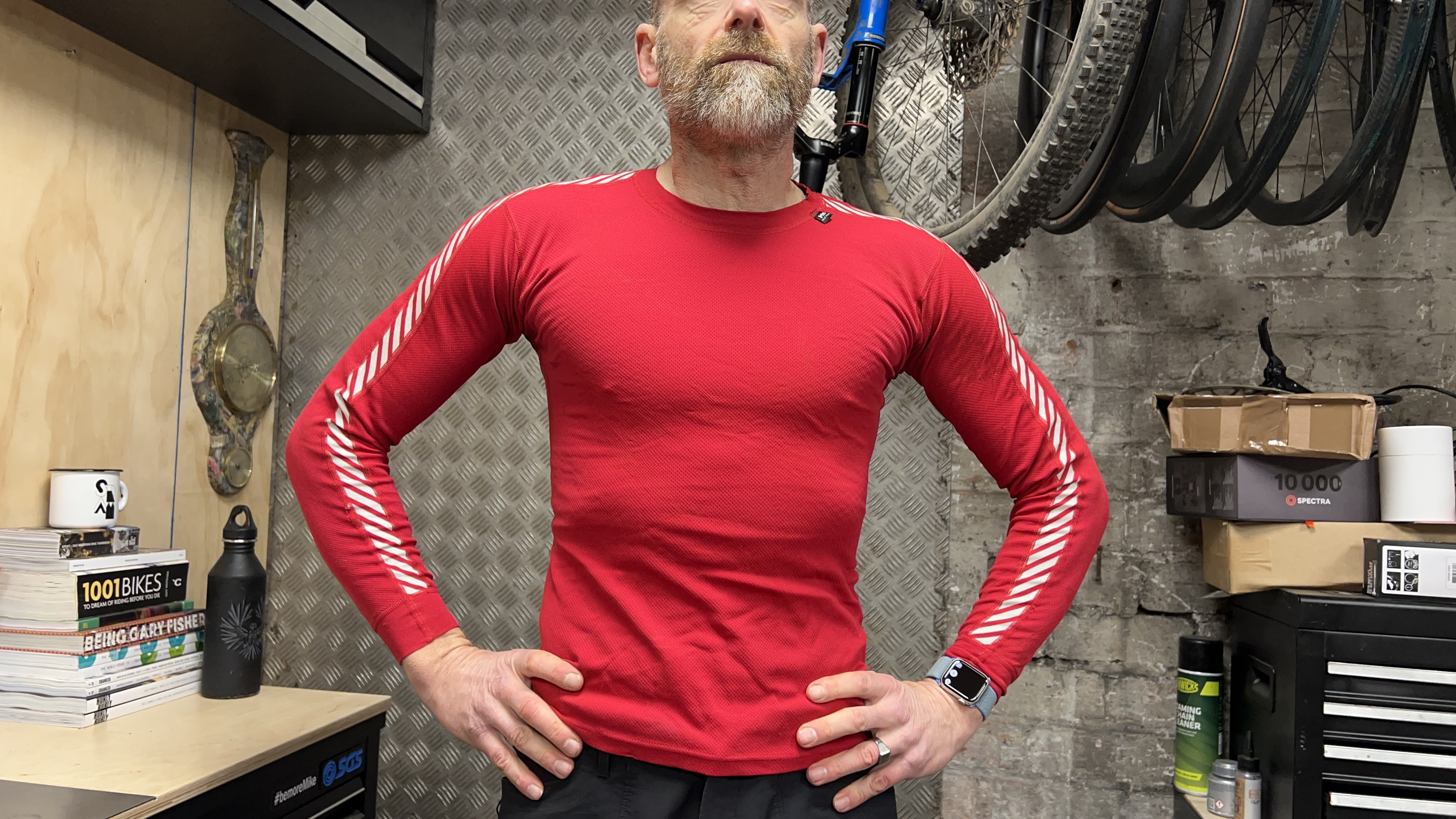
What does a base layer do?
That’s because one of the jobs of a ‘proper’ base layer is designed to ‘wick’. That’s the outdoor/fabric industry’s polite way of saying ‘suck the sweat off your skin, spread it over as wide an area as possible so it can evaporate through any outer layers faster so you stay dry, warm and comfortable’. That’s why you used to see racers in the Tour De France steaming uphill with a base layer underneath their race suits because the overall effect was cooler and those race suits had other important things to do like keep them aero. There’s less of that these days though as race skin suits have got a lot more ‘wicky’ and they use different designs for different days. Sorry, I’m getting distracted, let’s return to base (boom – tish) in relation to normal riding.
The second thing a base layer can do is act as a thermal buffer between your outer clothing and you inside. While some fabrics like wool have inherent thermal properties (more on that in a minute), other base layers/fabrics use 3D structures to trap air and create extra insulation. This 3D structure can vary from just being knitted thicker to fleece/lofted inner faces or even modern versions of the classic open weave string vest, to ultra high tech engineered weaves like those used by Spatz. These have raised sections to trap maximum warmth where it’s most useful, dedicated wicking segments where you’re likely to be wettest, thinner sections for mobility, and their performance is genuinely next level in terms of warmth and comfort.
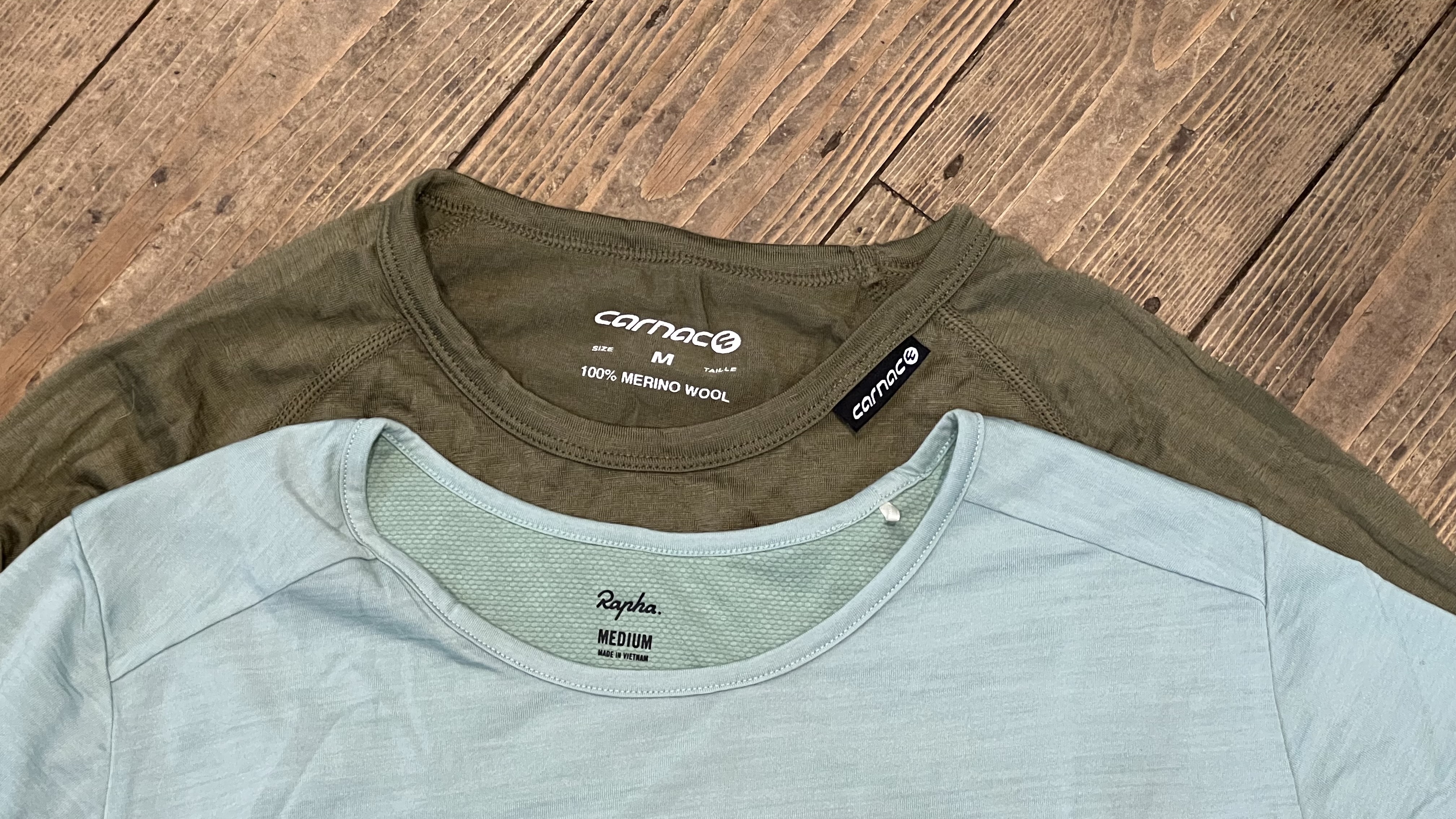
Ace of base
As much this is supposed to be an opinion column, I guess if I was going to sound off about the importance and value of base layers I was always going to have to include some sort of buying advice. Because that’s what I do and leaving you hanging would have hardly helped you embrace the importance of inner warmth that I'm wanging on about.
Pretty much every cycling/outdoor brand, or even supermarkets that do occasional sports/ski clothing promotions, has some sort of simple synthetic base layer. Like most hi tech things – the military has been behind the development of many high performance fabrics (including Polartec Alpha) – so you can add your local Military Surplus shop/stall for Norwegian Byrnje string vests and other thermal gems. While the exact polypropylene/polyester/nylon fabric content and fit/design varies conventional synthetic base layers mostly owe their ancestry to the original stripey sleeved Lifa base layers from Helly Hansen. Like the evergreen Lifas they’re cheap, they do a decent job of wicking sweat and you can layer them for extra warmth without being left with a bulky layer to stash if you take one off.
3D structured synthetics vary from base layers with thinner sections for extra stretch, to ultra-complex knits that are more advanced in terms of mobility and thermal management targeting than most outer layers – but are priced accordingly. However, if you want to get the most out of those outer layers or use a thinner, lighter, better breathing and close fitting shell for performance then something like Spatz Basez are an awesome investment.
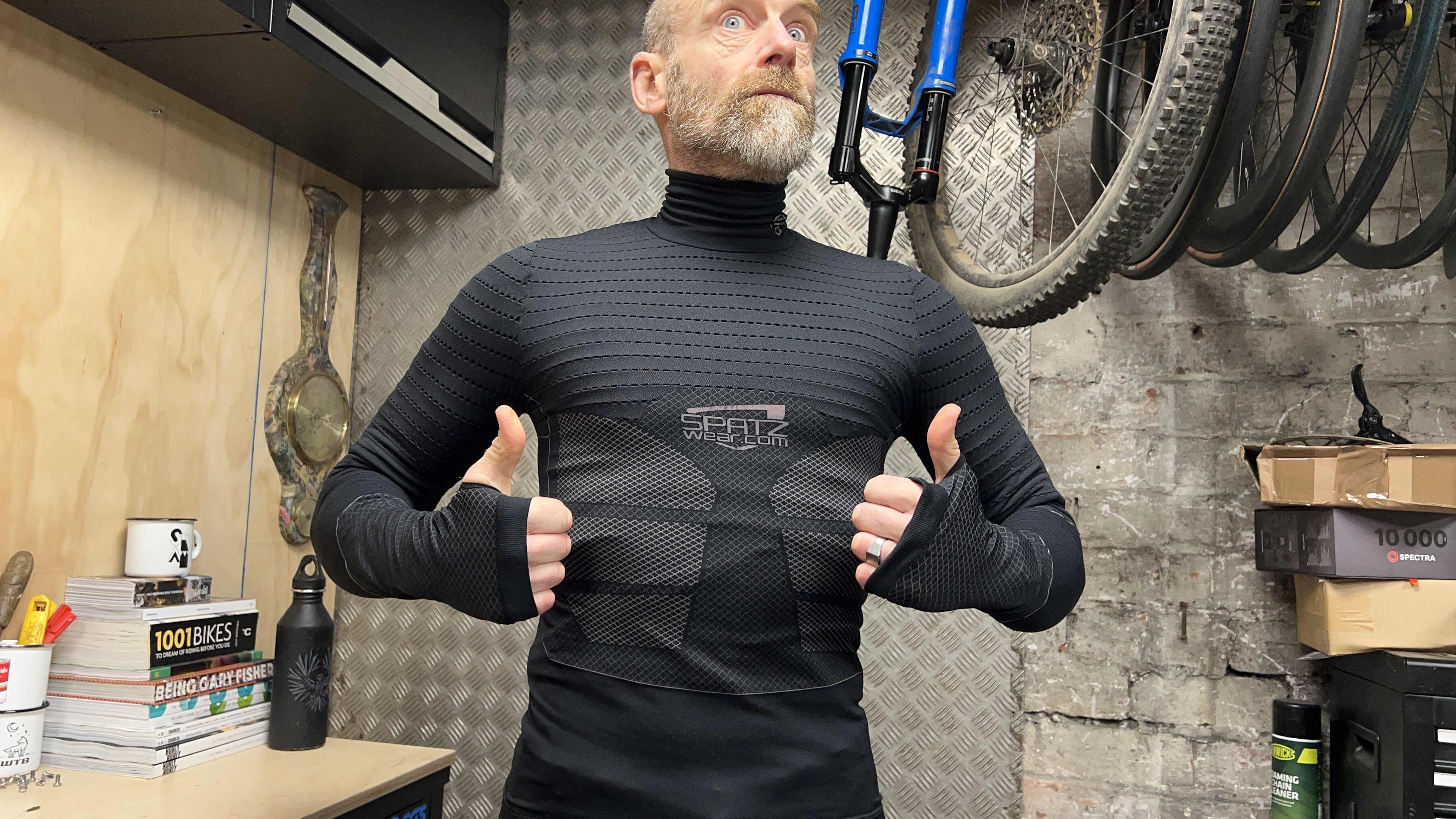
If you’re wanting more consistent warmth as your heat levels fluctuate and don’t mind being damp for longer have a look at wool blends. Wool blends also work really well underneath cheap (or just crap) waterproofs that don’t breathe well. That’s because unlike cotton, wool stays warm even when wet. That means you won’t get that sudden shiver and shudder at the top of a climb or when temperatures drop and synthetic bases haven’t dried out yet. Wool also fights off stink better than most synthetic materials and it doesn’t look as weird if you just wear it as a top so it’s good for bike packing/adventuring. Because it holds moisture it doesn’t dry as well as synthetics and shell layers beyond it won’t ‘breathe’ as well either. Depending on the blend and your laundry diligence it can shrink or stretch over time too and durability varies a lot too.
That’s why most wool blend bases use merino wool because it’s relatively tough, but the finer fibers are less itchy than normal wool. Brant from Hebtroco (who got me into the whole writing about mountain biking gig when he started MBR magazine) has just sent me a lambswool jersey that he reckons is the best base layer he’s ever used. It’s really nice though so I’m going to wear it for my wife’s birthday this weekend before I start testing it on the bike. Sorry, off on a tangent again but he’s definitely right that silk and wool are the original performance fabrics that have served humanity pretty well from the earliest horse archer tribes of central Asia to the first ascents of Everest. Whatever the actual wool used, check just how much of it there is in the blend as that’ll determine where on the sliding scale of damp/warm vs dry/wicking it’ll be.
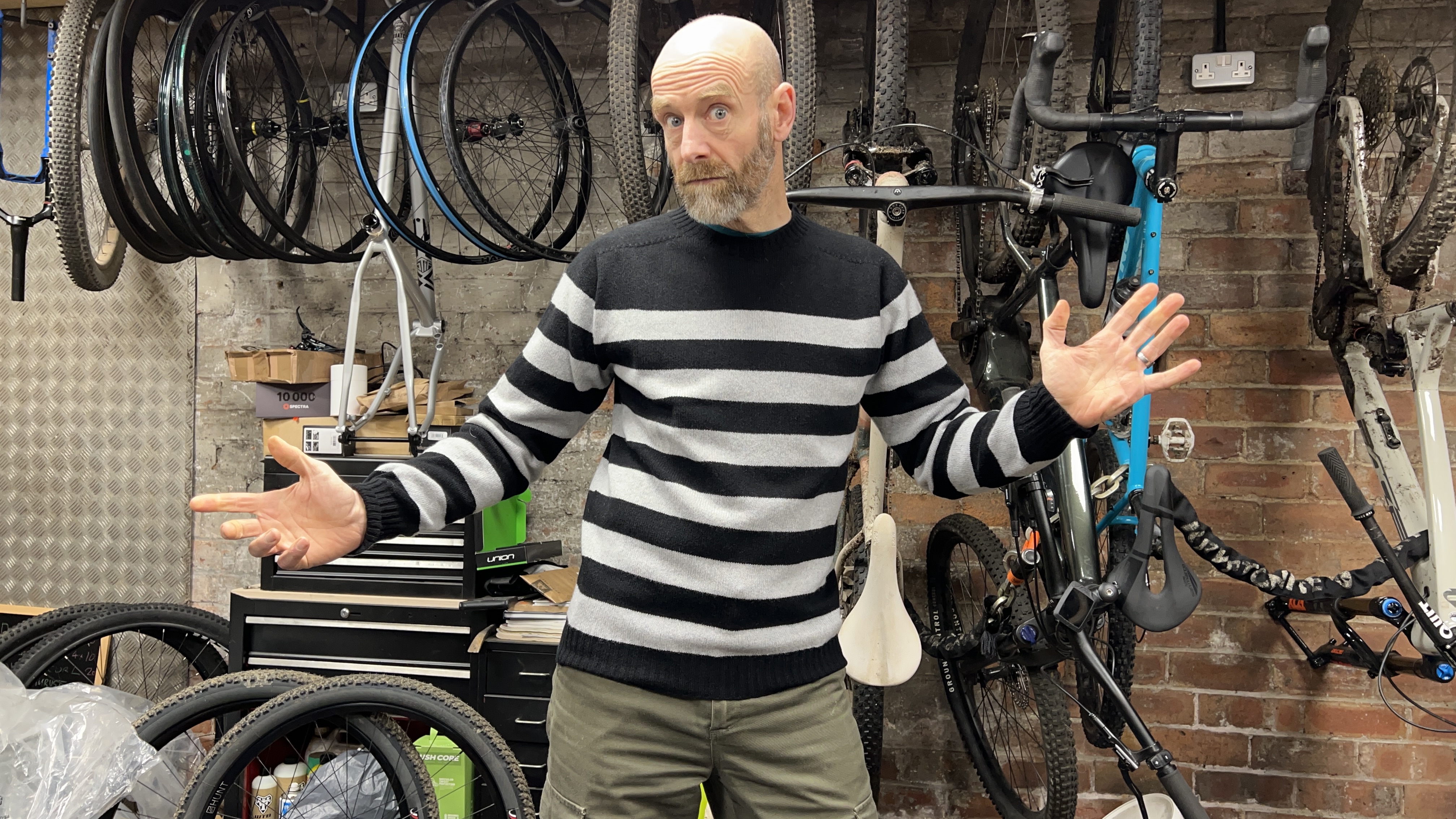
Unconditional love
Once you’ve decided on your ideal base layer, make sure you look after it to get the best performance from it. For a start, whatever base you get, buy it tight. If it’s flapping about it’s not contacting your skin as much as possible and so it can’t do it’s job as well. Unless you get a pure wool base that you’re more in danger of shrinking. Woollen mixes tend to stretch over time too, so starting tight will give you some growing room before it hangs off you. The only thing to watch is sleeve volume, as some roadie bases have really skinny sleeves which can restrict blood flow and blow your muscles and grip up if you start pounding downhill.
Make sure you use laundry powders/liquids that don’t have fabric conditioning built in (there are some specific sports washes available) because it's crucial to avoid clothing softeners. The way fabric conditioner coats the fibers of your clothing might make it feel silky smooth, but it also stops them from wicking moisture properly – which is the whole point of a base layer. While it’s slightly off topic, conditioner also kills the performance of wicking mid-layers and outer shell fabrics where they block the pores in the membrane and stop the breathability.
But basically, base layers are dead good and make a big difference, so buy some.

Guy Kesteven has been working on Bike Perfect since its launch in 2019. He started writing and testing for bike mags in 1996. Since then he’s written several million words about several thousand test bikes and a ridiculous amount of riding gear. He’s also penned a handful of bike-related books and he reviews MTBs over on YouTube.
Current rides: Cervelo ZFS-5, Specialized Chisel, custom Nicolai enduro tandem, Landescape/Swallow custom gravel tandem
Height: 180cm
Weight: 69kg
